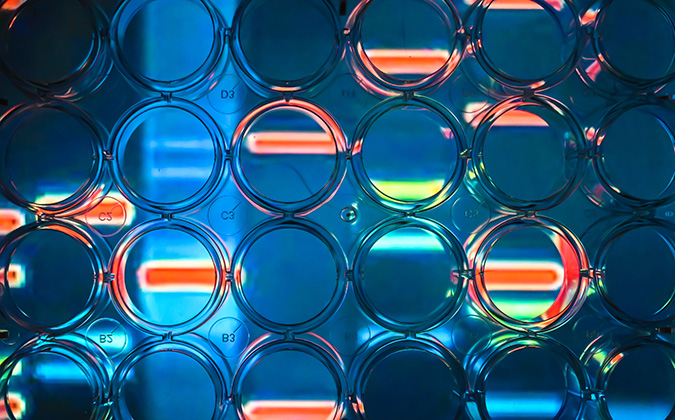
Advanced genomics data could spark breeding revolution in European aquaculture
New genomics data on six commercially important fish species in Europe could have major implications for breeding programs, but there is work still to be done to realize the benefits.
Genome assemblies had been previously available for Atlantic salmon, common carp, turbot, European seabass, rainbow trout and gilthead seabream, but they were considered fragmented by modern standards and not user-friendly.
The new work, as part of the European Union Horizon 2020 project AQUA-FAANG: Advancing European Aquaculture by Genome Functional Annotation, brought this information up to date using the latest genome-sequencing technologies. The team of scientists annotated the genomes, linking DNA to functions in fish and so providing added practical meaning to the data.
“These updated assemblies provide an improved pathway for the development of genotyping tools that can be applied in commercial breeding,” the researchers wrote in a report on the project.
“Improved assemblies allow variants to be more effectively identified and prioritized, increasing the success rate of each assay and reducing development time and cost.”
New tools could further improve usefulness
Combining the AQUA-FAANG results with emerging methods of analysis could bring bigger gains still, they suggested. These include pan-genomics approaches which capture structural variants, where large parts of the genome have been changed through insertion, duplication, deletion and inversion.
“Integrating pan-genome resources with functional annotation maps from the AQUA-FAANG project will contribute significantly to our understanding of genotype to phenotype relationships for disease resistance and other traits,” the scientists explained.
Screening using CRISPR can also help shed light on such relationships, they said, by discovering genes associated with desirable traits from populations of mutant cells. The potential also remains to further accelerate progress made by building what are known as genotype-tissue expression atlases, which formally link genetic variation to higher-level traits that are relevant to production.
Tying genomics to economics
Despite the new genomic resources now at the industry’s disposal, the main barrier to progress that remains is commercial, the scientists suggested. Aquaculture companies need to generate the best possible value from fish breeding programs, and at present, information on the most cost-effective breeding strategies is “largely missing.”
Despite this, highly resourced companies with ongoing research and development programs should be able to make immediate gains, they suggested. They can do this by updating what are known as SNP panels— which look at areas of genetic variation — with prioritized areas based on the work, which could allow for trials comparing performance based on the variants. The new data could ultimately lead to new targets for genetic engineering, they added.
You can read a full report on the study’s outcomes in the journal Aquaculture.






